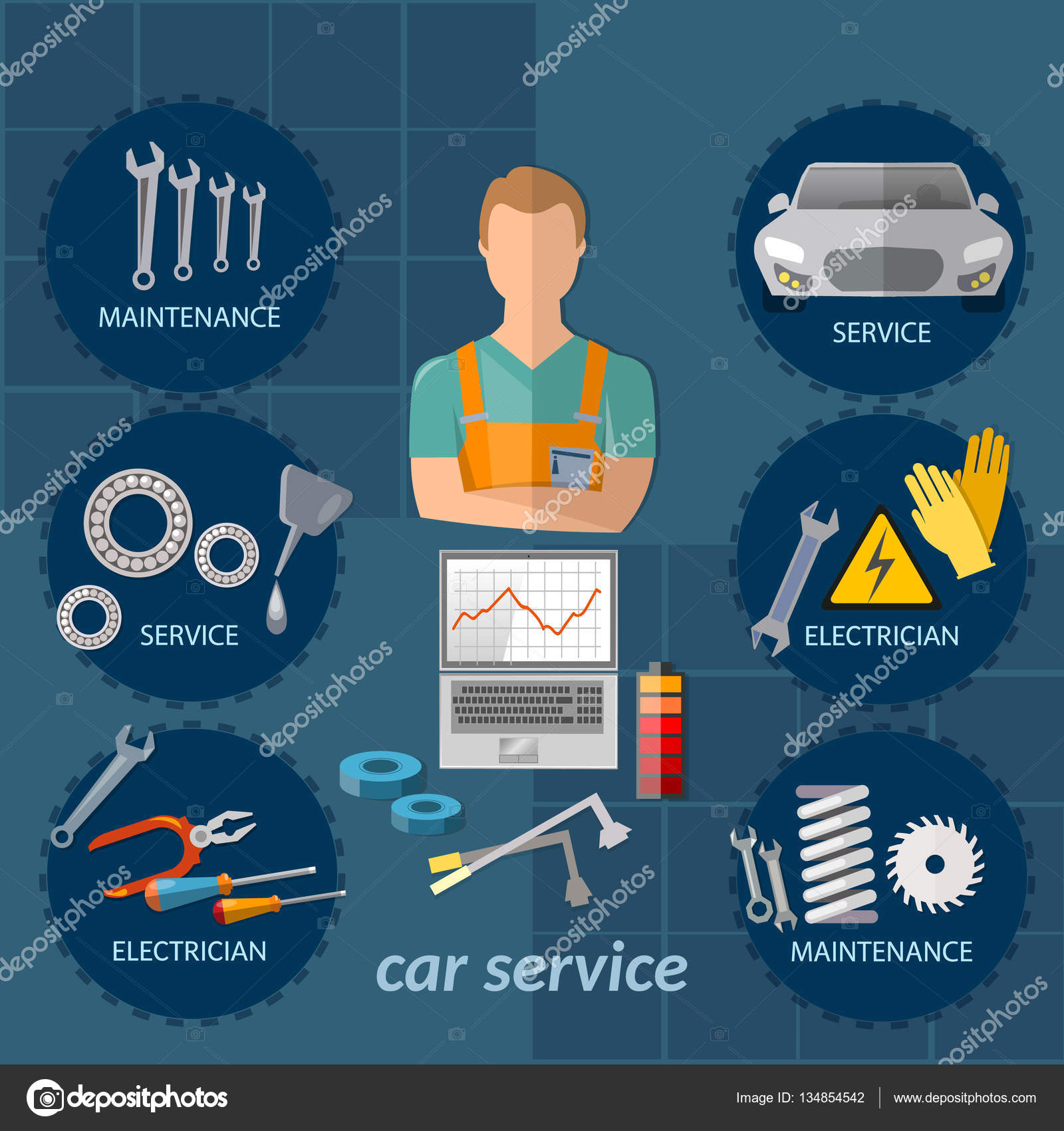Eager To Recognize What The Dashboard Warning Lights In Your Auto Signify? Explore Their Meanings For The Health And Safety Of Your Car
Eager To Recognize What The Dashboard Warning Lights In Your Auto Signify? Explore Their Meanings For The Health And Safety Of Your Car
Blog Article
Post Author-Samuelsen Kejser
When you're behind the wheel, those radiant caution lights on your control panel can be a little bit perplexing. Do you know what they're attempting to inform you concerning your automobile's health and wellness? Comprehending you can find out more of these lights is vital for your security and the long life of your automobile. So, the next time among those lights pops up, would not you intend to analyze its message precisely and take the needed steps to address it?
Common Warning Lighting and Interpretations
Recognize common caution lights in your cars and truck and recognize their definitions to make sure risk-free driving.
One of the most regular caution lights consist of the check engine light, which signifies concerns with the engine or discharges system. If this light comes on, it's crucial to have your car examined without delay.
The oil stress advising light shows low oil pressure, calling for immediate interest to avoid engine damage.
A blinking battery light could suggest a malfunctioning charging system, potentially leaving you stranded otherwise resolved.
https://brake-pads40627.mybuzzblog.com/9526988/hone-your-auto-detailing-skills-with-seasonal-suggestions-to-keep-your-auto-shining-and-safeguarded-discover-just-how-to-deal-with-each-season-s-special-challenges tracking system (TPMS) light alerts you to low tire pressure, impacting car stability and gas efficiency. Disregarding this can bring about risky driving conditions.
The ABS light indicates a problem with the anti-lock stopping system, compromising your capability to quit promptly in emergencies.
https://oilchangepricesnearme40627.blogdun.com/30515200/change-your-auto-s-visual-in-under-an-hour-with-beginner-friendly-guidance-that-will-certainly-wow-you-your-effective-auto-describing-remedy-is-waiting-for-you but not least, the coolant temperature advising light warns of engine getting too hot, which can lead to extreme damage otherwise settled quickly.
Comprehending these typical caution lights will aid you address problems without delay and keep secure driving conditions.
Importance of Prompt Focus
Recognizing the common warning lights in your vehicle is just the very first step; the importance of immediately addressing these cautions can not be highlighted enough to guarantee your safety when driving.
When a warning light illuminates on your dashboard, it's your vehicle's method of connecting a possible concern that requires focus. Disregarding these warnings can lead to more serious issues in the future, endangering your security and possibly costing you much more out of commission.
Trigger focus to alerting lights can stop failures and accidents. For instance, a blinking check engine light can indicate a misfire that, if left ignored, might trigger damages to the catalytic converter. Addressing this immediately can conserve you from a pricey repair service.
In a similar way, a brake system cautioning light could signify low brake fluid or used brake pads, essential components for your safety when driving.
DIY Troubleshooting Tips
If you see a warning light on your dashboard, there are a couple of DIY troubleshooting pointers you can attempt before seeking expert assistance.
The primary step is to consult your cars and truck's handbook to comprehend what the certain caution light indicates. Often the concern can be as basic as a loosened gas cap setting off the check engine light. Tightening the gas cap might fix the problem.
An additional typical problem is a low battery, which can activate numerous advising lights. Inspecting the battery links for rust and ensuring they're protected could fix the issue.
If a caution light persists, you can try resetting it by separating the cars and truck's battery for a couple of minutes and after that reconnecting it. In addition, examining your lorry's fluid degrees, such as oil, coolant, and brake fluid, can help troubleshoot alerting lights connected to these systems.
Conclusion
To conclude, recognizing your automobile's caution lights is essential for keeping your automobile running smoothly and safely. By quickly attending to these alerts and understanding what they suggest, you can stay clear of costly fixings and prospective malfunctions.
Remember to consult your auto's manual for specific information on each alerting light and act accordingly to guarantee a hassle-free driving experience.
Keep informed, stay risk-free when driving!
